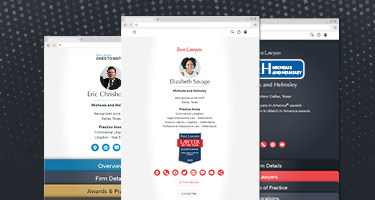Blending families often introduce unique dynamics. In addition to the day-to-day challenges and opportunities that blended families create, there is also careful planning to consider when creating or updating an estate plan. There are five key factors to keep in mind when creating an estate plan for a mixed family.
- Clarify Beneficiaries: In a blended family, it is crucial to define who will benefit from a trust or will. Ensure that all biological children and all stepchildren are clearly named and specify how the assets will be distributed among them. This helps to avoid confusion and potential conflicts later.
- Address Unequal Contributions: If one spouse has brought significantly more assets into the marriage than the other, the trust should outline how these assets will be handled and distributed. It may require that more than one trust is created to address sole and separate property owned by one of the spouses. Clarity regarding assets, including what is sole and separate from the marital community, can prevent misunderstandings and potential disputes between family members.
- Establish Clear Guardianship Plans: When there are children from previous relationships, it’s vital to outline guardianship preferences in your estate plan. Consider how your wishes for your children’s care will be honored if something happens to one or both parents. This is particularly important if a divorced parent has little to no contact with the children and a stepparent is named a guardian.
- Power of Attorney Designations: Typically, an estate plan includes both a healthcare power of attorney and Living Will. An agent will make decisions regarding medical care if the person is incapacitated. Usually that agent is the spouse. However, in blended families, an adult child may be named. Conversations about health can be emotionally difficult. It is important that the parent communicates their healthcare wishes to not only the healthcare agent but also other members of their blended family.
- Trustee Selection: If a trust is created, choose a trustee who understands the blended family dynamics and can manage the trust impartially. This individual will be responsible for ensuring that trust is administered according to estate planning wishes.
By addressing these five key considerations, estate plans can be created that minimize potential conflicts and ensure that members of blended families are cared for according to the parents, and stepparents, wishes.
















